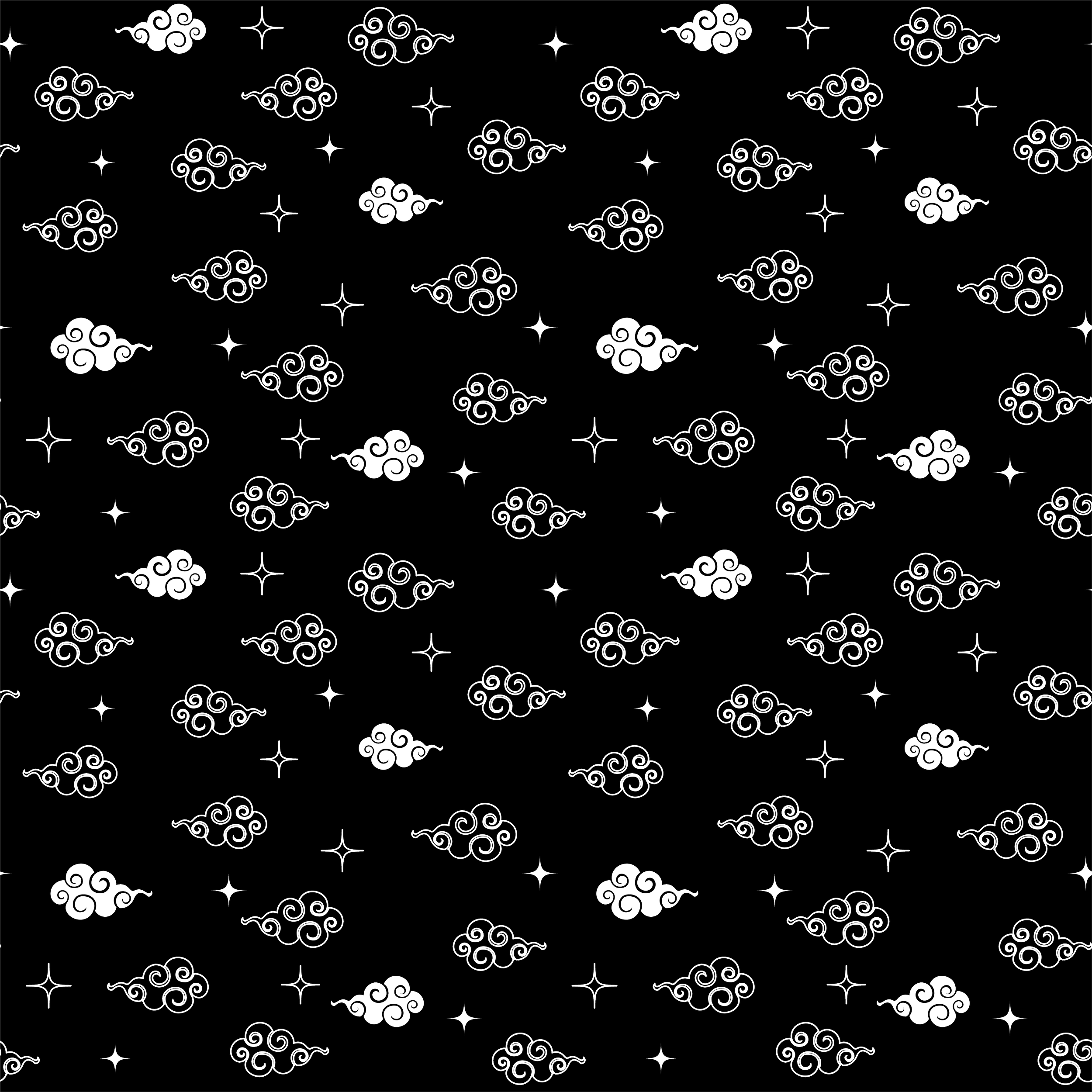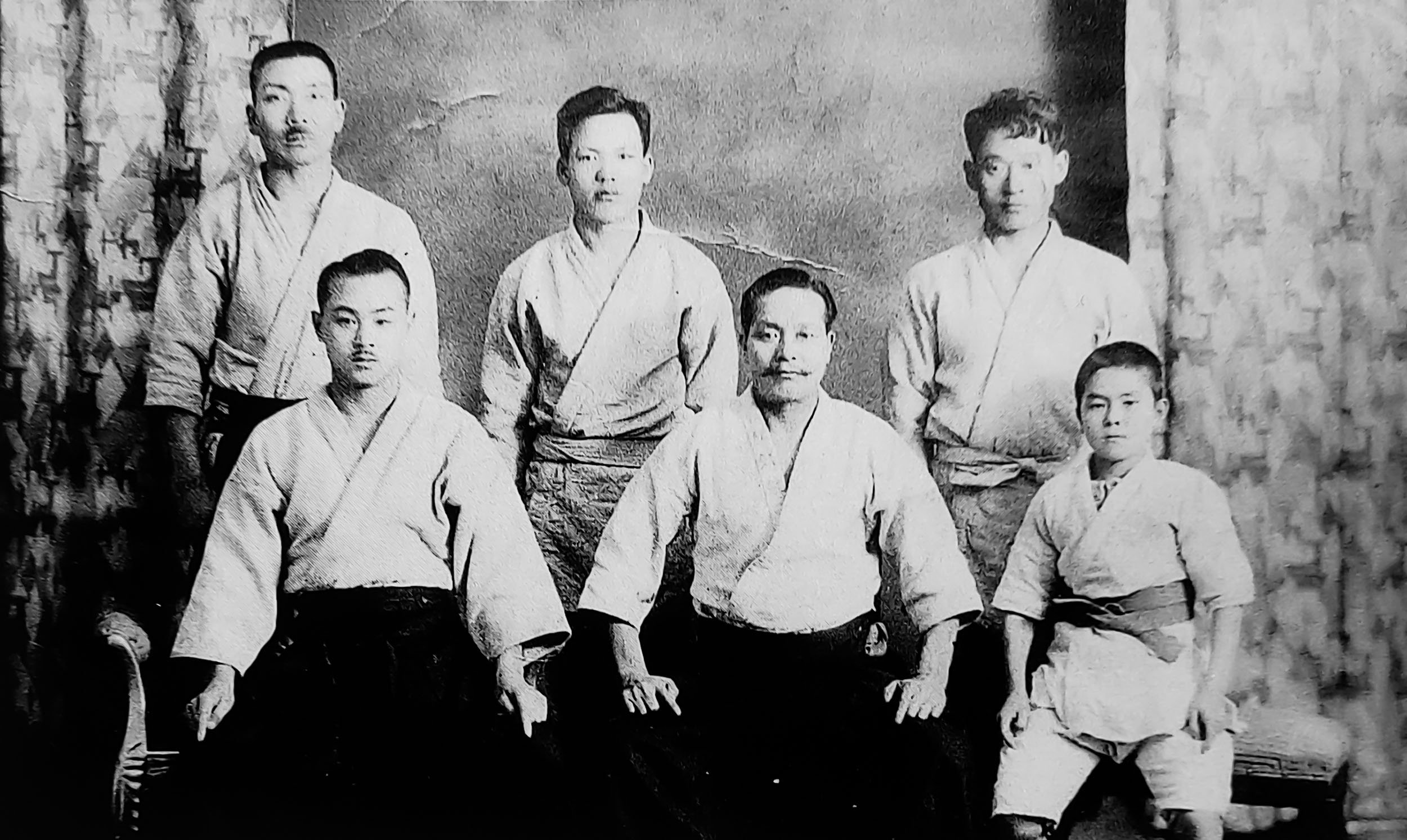
Martial Arts Institute Socorro
ESTABLISHED 2023
MAIS’ roots were planted in 2022 when black belt Misty Millhorn began a martial arts club to provide a venue for the local community to learn and practice self defense.
Because the club was so well-received, she founded the Martial Arts Institute, Socorro in 2023, offering self defense classes and promoting wellness to a broader audience. Some students even travel to Socorro from hours away to study with Millhorn Kyosahnim.
Dedicated to improving the lives of students through the practice of martial arts.
◘ Amateur Athletic Union (AAU)
◘ Tae Kwon Do Moo Duk Kwan Kukkiwon*
◘ World Hapkido Chun Ki Do Association
*The Kukkiwon is recognized worldwide as the only official rank issuing body. The Kukkiwon certifies tae kwon do schools known as dojangs. This certification ensures that all instructors at the dojang have teaching credentials issued from the Kukkiwon. Only students taught by credentialed instructors can be issued rank in tae kwon do.
A black belt certificate from the Kukkiwon is comparable to a Harvard degree in academia. The legitimacy of our particular dojang is evidenced by our credentials and our honored ability to issue Kukkiwon certificates and rank.

KYOSAHNIM
[kee-YOH-sah-neem]
noun: first or second degree
black belt instructor

MISTY MILLHORN
Misty is an Arizona native whose physical fitness journey ignited when she became a personal trainer and group fitness instructor in the Phoenix Metro and East Valley for 10 years. She began training in martial arts eight years ago and has been hooked ever since, earning black belt degrees in both Hapkido and Tae Kwon Do.
Martial arts isn’t merely her passion – it has become her greatest weapon in combatting several chronic health conditions. Her studies continue to give her the strength needed each day to enjoy a higher quality of life. Her ability not only to overcome but thrive in spite of these obstacles inspires students experiencing similar challenges.
Misty’s other joy includes music. She plays bass and guitar and performs vocally, singing the national anthem at the annual regional Tae Kwon Do tournament for two consecutive years.

“Our school is built on the strength, heart, and spirit of true heroes — our students — and teaching in the Socorro community has been one of the greatest blessings of my life.
My ultimate goal is to inspire growth, confidence, and resilience in each student who enters our school.
Martial arts has enriched my life profoundly and I am deeply honored by the opportunity to teach others.
I myself will always be a student — learning, growing, and striving alongside my students.
I’m endlessly grateful for this journey.”
— MILLHORN KYOSAHNIM —

lineage
The intergenerational gift of widsom
the lineage of each MARTIAL ART transcends the physical techniques, acting as a cornerstone of tradition and cultural heritage
GRANDMASTER ANTOINETTE CHAVEZ
REVERED TEACHER, LIVING TREASURE
Grandmaster Antoinette Chavez began her Martial Arts journey in 1978 and quickly became a passionate competitor, winning nearly 200 first-place trophies and earning more than 26 Black Belt Grand Champion titles. She has competed in over 300 tournaments and was named AAU All American in both Forms and Sparring.
In 1985, she founded Takai Mine Karate Inc., and since then has promoted more than 160 students to Black Belt and beyond. She personally teaches most classes at the school’s main Albuquerque location.
Grandmaster Chavez is a 7th-degree Black Belt in AAU Taekwondo, Kukkiwon, and the World Taekwondo Chun Do Kwan Federation, as well as a 6th-degree Black Belt in Shorin-Ryu, Shotokan, and the World Traditional Martial Arts Federation. She is also a Chief Instructor in Majaipai Derobio Escrima and an honored member of the Black Master’s Sphinx Karate Clan of the Philippines.
Her accomplishments include induction into the Martial Arts Hall of Fame (2009) and the AAU Hall of Fame (2023). She also serves as the New Mexico AAU District Chair, Region 10 Director, and a member of the AAU Taekwondo Executive Committee.
Today, she is recognized as one of New Mexico’s leading Martial Arts instructors and a sought-after teacher and mentor nationwide.

GRANDMASTER DANIEL WALKER
9th degree black belt, President of the World Chun Ki Do Association. and founder of the Martial Arts Institute of Santa Fe, Grandmaster Daniel Walker has dedicated himself to the study of Asian martial arts since 1971.
He has established longstanding schools from coast to coast and inspired thousands of students over the past four decades, including his son who took home gold at the age of 14 the in the Junior Olympics Tae Kwon Do sparring competition.
Grandmaster Walker diligently advances the legacy of his respected mentors: Grandmaster Ju Hun Kim, Dr. Kun Jang Kim, Dojunim Han Young Choi, Grandmaster Myung Kyu Kang, Xiarong Li, OMD, and Sifu Robin Johson.
In 1987, he attained certification as a Strength and Conditioning Specialist from the National Strength and Conditioning Association.
He also earned his Bachelor of Science degree and pursued graduate studies in physical education and strength and conditioning theory at New Mexico State University.
"If we get knocked down seven times,
we get up eight."

Grandmaster
Myung Kyu Kang
1933 - 2012
Grandmaster Kang was an accomplished and well-respected 10th degree black belt in tae kwon do and a highly decorated Korean War Veteran of the South Korean Army.
Also a master of judo, he won a bronze medal at the World Military Championships Seoul in 1984 in the U86 category.
He taught these and other martial arts disciplines at the United Martial Arts College in Sacramento, California (USA) which he founded in 1964. His school teaches a traditional style of Tae Kwon Do Moo Duk Kwan .
Grandmaster Chong, Grandmaster Kang, Grandmaster Hwang Ki
Grandmaster Kang, when 7th dan
Grandmaster Kang (bottom right) Grandmaster Hwang Ki (top row middle)
Grandmaster, Grandmaster Chong (top row third from right)

KWAN JANG NIM
[GWAWN-jahng-neem]
noun: GRANDMASTER, 9th & 10th DEGREe BLACK BELT

Han Young Choi
Grandmaster
1935 - 2013
Born December 11, 1935 in Kyongkido, Korea, Grandmaster Choi kicked off his martial arts journey at the tender age of four guided by his father, Chun-san Choi, and uncle, Man-san Choi, focusing on the family's martial arts system which emphasized stepping, spinning, and jumping techniques.
His early studies progressed to formal training at a Buddhist monastery in Kyongi Do where he also learned meditation and breathwork.
Grandmaster Choi studied and focused his training on tae kwon do moo duk kwan in Korea mentored by Grandmaster Hwang Ki. His training regimen included intricate stepping techniques, turning maneuvers, and acrobatic elements.
Grandmaster Han-Young Choi in his first gym
El Paso, Texas 1980
In his pursuit of martial knowledge, Choi encountered Grandmaster Jong In Mok, who imparted joint manipulation techniques, a precursor to modern hapkido. Unlike Grandmaster Jong, who veered towards oriental medicine and acupuncture, Choi delved into acupuncture and pressure points, enriching his martial repertoire.
In 1972, Choi relocated to the United States, settling in El Paso, Texas, where he founded hapkido chun ki do, “heavenly power”, and established the World Chun Ki Do Association. His aspiration to elevate chun ki do to a distinct martial style culminated in achieving a tenth-degree black belt status, earning worldwide recognition in the hapkido community. Choi's legacy, including his meticulously structured belt examination programs and unique teaching methods, characterized by 15 hand levers, extends far beyond his 50,000 students across Asia, Europe, and America.
Grandmaster Choi named our Grandmaster, Daniel Ray Walker, his definitive successor.
Grandmaster Han-Young Choi (center) and Grandmaster Daniel Ray Walker (second from right)

Grand patriarch
JoNG IN MOK
1912 - ?
The martial arts journey of Grand Patriarch Jong In Mok of Taegue City, a practitioner of oriental medicine, began in 1928 with Daito-ryu Jujitsu and Aikijitsu under the tutelage of Takeda Sokaku. He mastered the training and received his certification from Masuta Yutaka, a disciple of Takeda Sodaku, in 1935.
Despite having only a handful of students, notable among them being Han-Young Choi (chun ki do), Jong In Mok played a primary role in introducing the hapkido system to Korea in 1960.
In Seoul, Han-Young Choi became the first student of Jong In Mok's hapkido system which he imported to the United states a few years later.
Grand Patriarch Jong In Mok
Certification of completion of 108 techniques received by Grand Patriarch Jong In Mok from Matsuda Yutaka
Takeda Sokaku, circa 1888
Group picture with Matsuda Yutaka, seated center
Hokkaido, Japan 1938

















